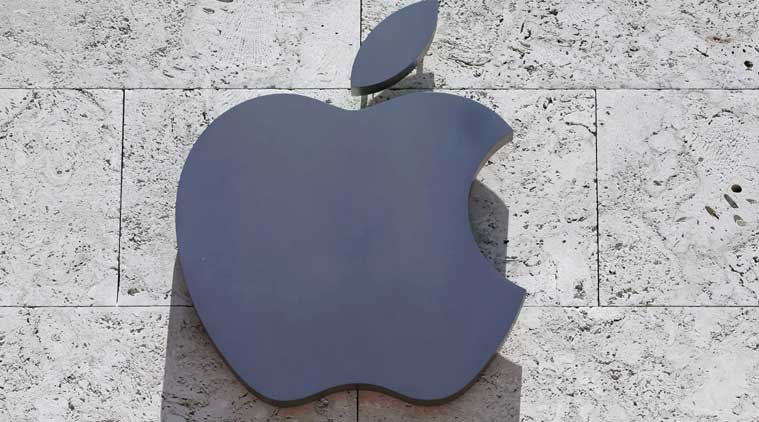Apple, LG said to discuss OLED display deal for iPhone supplies in 2019
Apple will have to wait until at least 2019 to be able to move beyond Samsung Electronics for significant alternative supplies of next-generation OLED display panels for iPhones.
 Apple looking for alternatives to Samsung for OLED display, in talks with LG Display for iPhone panels. (Image source: AP)
Apple looking for alternatives to Samsung for OLED display, in talks with LG Display for iPhone panels. (Image source: AP)
Apple Inc will have to wait until at least 2019 to be able to move beyond Samsung Electronics Co for significant alternative supplies of next-generation, organic light-emitting diode screens for iPhones, according to people familiar with the matter.
LG Display Co, a long-time supplier of liquid crystal displays for existing iPhone models, is targeting full-fledged shipments of OLED screens in 2019, with only small shipments possible towards the end of next year, the people said, asking not to be identified because the matter is private. LG is still negotiating the size of upfront payments and details, though talks are in the final stages, said one of the people.
Apple has been aiming to adopt OLED technology because of its vibrant colors and lower energy consumption, but has been hampered by limited availability. Samsung, its primary competitor in smartphones, is the dominant manufacturer of OLED screens and has used the technology in its own phones as well as selling it to Apple rivals. The Cupertino, California-based company will introduce its new iPhone next week, with one of three models expected to feature OLED panels from Samsung.
LG has been in discussions with Apple to supply OLED technology as quickly as possible, but it’s come across multiple challenges, the people said. Securing evaporation machines, a key tool in churning out the displays, has been difficult, after Samsung’s display arm beat LG to booking several units, or years of orders, from supplier Canon Tokki Corp., one of the person said. Though LG finally managed to secure these machines this year for installation, it has to scramble to get the production yield sufficiently up to meet Apple’s requirements.
 Apple iPhone 8 will sport a bezel-less OLED display panel.
Apple iPhone 8 will sport a bezel-less OLED display panel.
Apple typically introduces new iPhones each fall so it may ship the first OLED phone with LG technology in late 2018 with limited supplies. Alternatively, it could wait to add LG models later in the life cycle of the next model.
“It’ll be the second half of next year when LG starts test running the production lines for OLED displays for Apple and it usually takes six months for them to move into commercial production,” said Yi Choong-hoon, who runs UBI Research that focuses on OLED analysis. He estimates Samsung, which takes an average of three months to ramp up plants for commercial production, will ship 50 million units of OLED displays to Apple by the end of this year.
Jean Lee, an LG Display spokeswoman; Kim Ho-jeong, a Samsung Display spokesman; and Josh Rosenstock, a spokesman for Apple, all declined to comment.
Samsung is the sole screen supplier for this year’s OLED iPhone from Apple, people familiar with the matter have said. The South Korean company began investing in the advanced panels years ago and worked closely with suppliers such as Canon Tokki to fine tune production. Samsung’s Galaxy phones have featured OLED displays since 2009.
LG on the other hand focused on TV panels and a different manufacturing method. Instead of making red, green and blue pixels that can glow independently, LG panels have a white OLED base and rely on filters to produce colors. While the technology works fine for large screens, it has fallen short in brightness and power consumption for smaller sizes.
Still, analysts have said LG is in the best position to be a second key source for OLED screens, as Apple seeks multiple suppliers. Other display makers in Asia including Japan Display Inc. and China’s BOE Technology Group are years behind in mastering the technology, which has also been touted for its razor-thin structure that enables screens to be made into flexible forms







